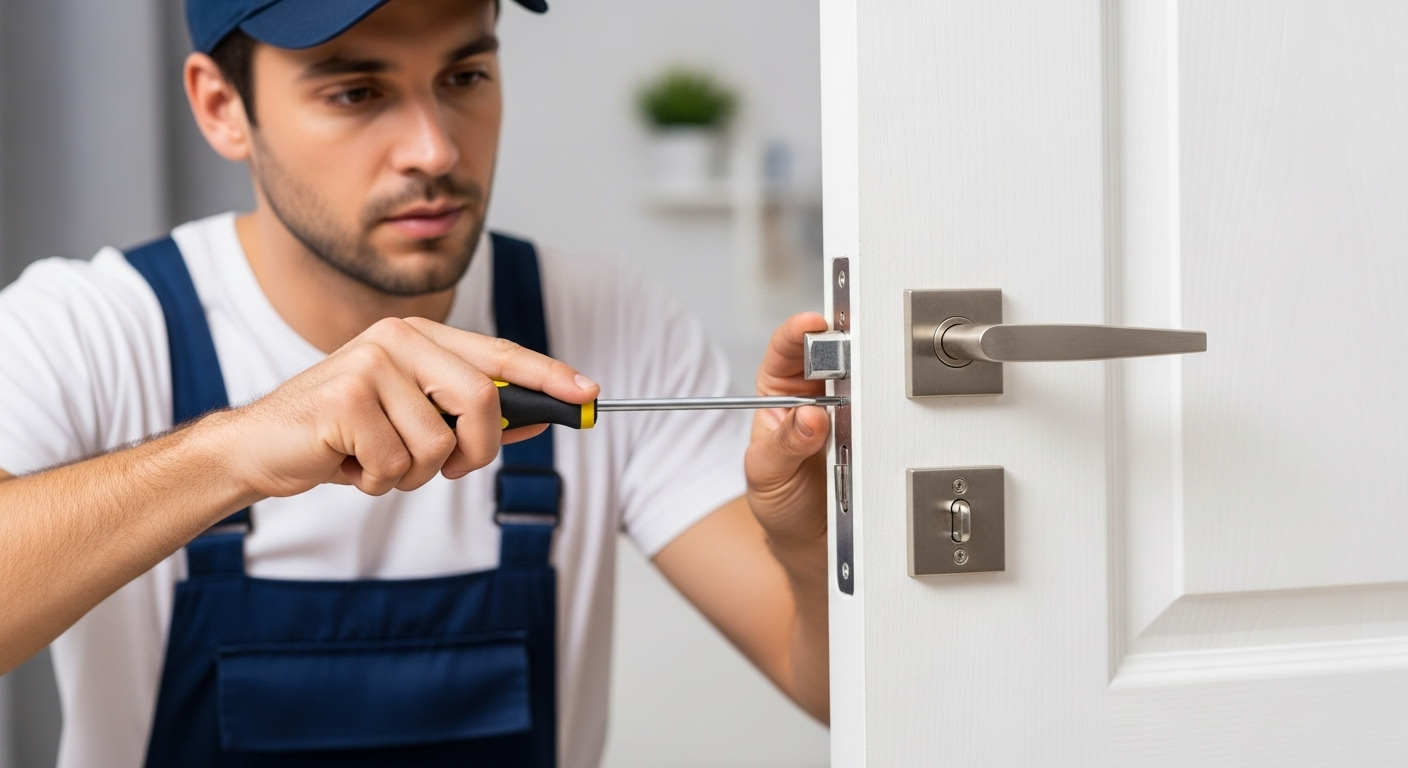Children are naturally curious, and as they grow, they begin to explore the world around them. While this curiosity is a healthy part of development, it can lead to safety risks especially when it comes to doors, cabinets, and windows. As a parent or guardian, one of your key responsibilities is to make sure your home is as safe as possible for young children. One way to do this is by childproofing your locks.
Childproofing locks does not mean sacrificing security for convenience. Instead, it’s about finding ways to keep your home secure while making it harder for children to open doors or access potentially dangerous areas. Whether you live in a house or an apartment, the following tips will help you protect your little ones from preventable accidents.
Why Childproofing Locks is Important
Children have an amazing ability to figure out how things work – sometimes faster than we expect. This means that even a standard door handle or lock could be within their skill level after just a few tries. Without childproofing, children could:
- Leave the house without supervision
- Gain access to hazardous rooms like garages or storage areas
- Open cabinets containing cleaning products or sharp objects
- Unlock windows or patio doors and risk falling
Proper lock childproofing reduces the likelihood of these risks and keeps your home safer for children of all ages.
Types of Childproof Locks
Before you begin, it’s important to understand the different types of childproof locks available. Each serves a specific purpose, and you may need more than one type depending on your home’s layout and the areas you want to secure.
- Door knob covers – These make it difficult for small hands to grip and turn the knob
- Lever handle locks – Designed for doors with lever handles to block downward movement
- Top-of-door locks – Installed above a child’s reach for exterior or interior doors
- Magnetic cabinet locks – Use magnetic keys to access cabinets and drawers
- Sliding door locks – Prevent children from opening patio or closet sliding doors
How to Install Childproof Locks
The installation process will vary depending on the type of lock you choose. Many childproofing products are designed for quick, non-permanent installation, making them renter-friendly and easy to remove when no longer needed.
When installing:
- Follow manufacturer instructions carefully for safety and functionality
- Place locks at heights children cannot reach
- Test the lock after installation to ensure it works as intended
- Regularly inspect for wear or damage
Childproofing Exterior Doors
Exterior doors are one of the most important areas to secure. Children wandering outside unsupervised can quickly encounter dangerous situations. Install high-positioned latches or chain locks above their reach. For added security, use door alarms that sound when the door is opened.
Childproofing Interior Doors
Interior doors to rooms like bathrooms, laundry rooms, or home offices may contain hazards such as cleaning supplies, tools, or heavy equipment. Door knob covers or lever handle locks are ideal for these areas. For rooms that must remain completely inaccessible, consider adding a deadbolt positioned high on the door.
Childproofing Windows
Windows are often overlooked but can pose serious risks. Install window locks that prevent them from opening more than a few inches. You can also use window guards, which are bars or mesh covers designed to prevent children from falling out while still allowing airflow.
Securing Cabinets and Drawers
Kitchens and bathrooms often contain sharp objects, cleaning chemicals, and medicines. Magnetic or adhesive cabinet locks keep these items out of reach while allowing easy adult access. For extra safety, store harmful items in high cabinets when possible.
Ongoing Safety Checks
Childproofing is not a one-time job. As your child grows, their abilities change. A lock that worked for a toddler may not be enough for an older child. Regularly review your home security and adjust your locks and safety measures as needed.
Benefits of Childproof Locks
✔️ Peace of Mind
Parents can relax knowing their child is safe inside the home.
✔️ Prevention of Accidents
Reduce the risk of falls, poisoning, and injury.
✔️ Easy to Use
Most childproof locks are simple for adults to operate but difficult for children.
✔️ Adaptable to Any Home
Available in styles for doors, cabinets, windows, and more.
✔️ Cost-Effective Safety
Affordable products that offer long-term safety benefits.
✔️ Encourages Safe Habits
Helps teach children boundaries within the home.
Making your locks childproof is an essential step in creating a safe home environment. With the right tools and strategies, you can protect your children from common household hazards without sacrificing convenience or security.
Choose lock types that match your home’s needs, install them correctly, and review their effectiveness regularly. A small investment of time and effort now can prevent serious accidents in the future.
Remember, childproofing is part of a larger safety plan that includes supervision, education, and regular home inspections. By taking these steps, you are giving your children the freedom to explore and learn while keeping them safe from harm.

